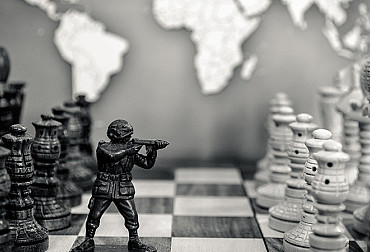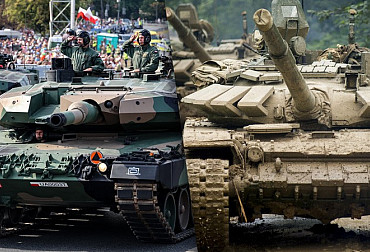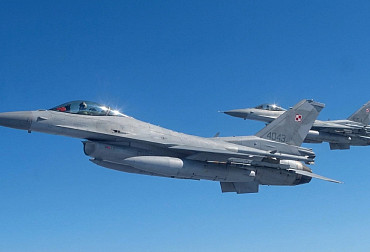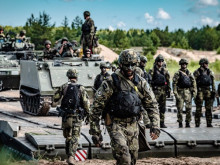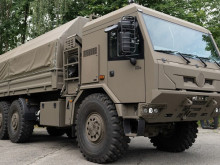Iran's threat of an attack against Israel casts uncertainty over the region. Deal with Hamas should help
The United States is pushing the Israeli government of Benjamin Netanyahu ever harder to reach an agreement with Hamas, where a ceasefire, the release of the remaining hostages taken by the terrorists and a halt to all military operations in the Gaza Strip can, at least for the moment, avert the ever-present threat of an Iranian retaliatory strike against the Jewish state. Although Tehran is still officially demanding retaliation for the killing of the chief negotiator of the Hamas terrorist organisation, Ismail Haniyeh, Hamas leaders themselves have already made it known that a ceasefire agreement is the only way to stop a possible strike against Israel. Meanwhile, the Iranian regime has very limited capabilities, and the last, and so far largest, attack in April resulted in 99% of the Islamic Republic's missiles being shot down, leaving Israeli targets untouched.
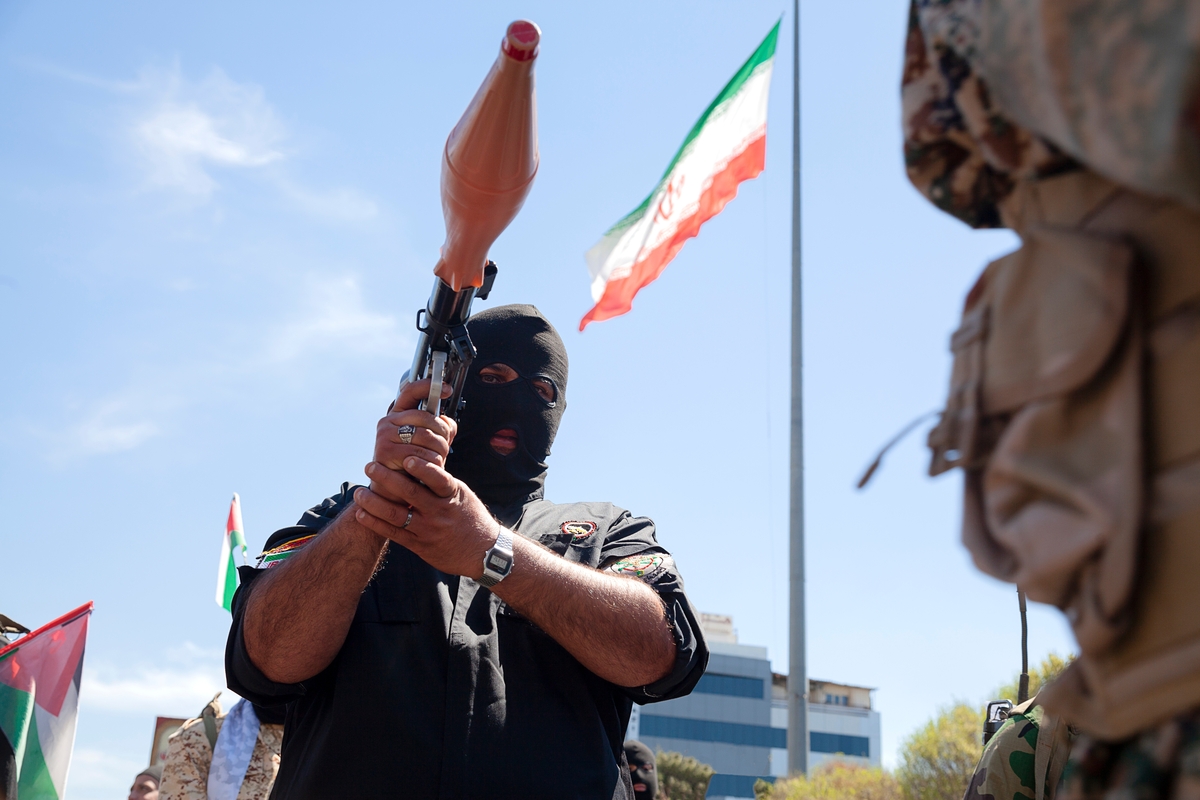
Ever since the death of the aforementioned Ismail Haniyeh (July 31), Western and Middle Eastern intelligence services have literally been racing to secure information on when the promised Iranian "harsh retribution" would take place. Although a possible retaliatory attack would, according to Western experts, be more of a symbolic move by Iran than any militarily significant action, the risk of an attack is casting considerable nervousness over the entire region, i.e. Israel and neighbouring states.
However, Iran's latest show of force on 13 April – the largest of its kind so far – was not very successful. At that time, 99% of the 350 missiles and drones in the region were shot down by Israeli and allied systems. The Iranians are well aware of their limitations in terms of technology and the associated chances of penetrating not only Israeli air defences. However, even a possible symbolic strike may show Hamas and Hezbollah partners that Iran means what it says through this broadcast signal. That is also why, in recent days, there have been increasing efforts by regional and US negotiators to ensure that this possible attack does not have to happen and that a ceasefire is established in the Gaza Strip.
"We will continue intensive diplomatic efforts to conclude a ceasefire agreement and the release of hostages and detainees through a bridging proposal put forward by the United States, with the support of Egypt and Qatar," read a statement from the US State Department after the latest round of talks so far in Doha, Qatar, ahead of Secretary Antony Blinken's latest trip to the region.
The US has also sent additional battleships to the area and has long stated that an Iranian attack would not be without a US response. After the talks in Israel, Blinken remained hopeful about the bridging plan, but it still contains some passages that Hamas disagrees with, such as the Israeli army's possession of some checkpoints. "In a very constructive meeting with Prime Minister Netanyahu today, he confirmed to me that Israel accepts the bridging proposal and that he supports it," Blinken told reporters in Tel Aviv, according to Reuters. "Now it is up to Hamas to do the same, and then the parties, with the help of mediators from the United States, Egypt and Qatar, must come together and complete the process of reaching a clear agreement on how they will honor the commitments they have made under this agreement," Blinken added.
Although Hamas representatives boycotted the latest negotiations, they keep repeating that the only obstacle to a ceasefire is Benjamin Netanyahu's intransigence and unwillingness to withdraw his troops from the area. Since the start of the counter-offensive following the Islamist invasion on 7 October, Jerusalem has reported over 17,000 terrorist deaths, while the terrorist-controlled authorities report 40,000 civilian casualties. This figure is described by the Israelis as an exaggeration, while recalling Hamas's tactics of hiding behind human shields and firing rockets from civilian areas.
On the issue of the ceasefire talks, a Reuters source quoted a senior Iranian security official as putting the talks in direct connection with a possible Iranian response. "Iran, along with its allies, will launch a direct attack if the Gaza talks fail or if it feels Israel is dragging out the negotiations," said the unnamed source, who did not mention how much longer Iran would let the peace talks continue. "We hope that our response will be timed and executed in a way that does not damage the potential ceasefire," Iran's mission to the United Nations was then quoted by Reuters as saying in a statement on the ongoing negotiations.
The question now is whether the Israelis, led by Prime Minister Netanyahu, will ultimately be persuaded and agree to a ceasefire to allow the return of the surviving residents taken to the Gaza Strip. Pressure on this particular part of the deal has been building for the tenth month, including from the Israeli streets, where demonstrations have been led by the relatives and friends of the hostages. But many analysts say it is likely that Netanyahu will want to continue the war, both for the purpose of a show of force and to keep domestic issues out of the mainstream, with public attention primarily focused on the ongoing conflict.
"Hostages taken by Hamas terrorists remain in chains... Fighting between Israel and Lebanon's Hezbollah has intensified. Iran's threats of further escalation mean that the risks of a major regional war are increasing," reads a fresh joint column by British Foreign Secretary David Lammy and his French counterpart Stéphane Séjourné for the British newspaper The Observer. Both officials call the current situation a "destructive cycle of violence" and, like their American allies, call for a ceasefire in the Gaza Strip. They likewise call on Iran and Israel to avoid further escalation. However, the latter is an ongoing issue in the volatile region, with both Hamas terrorists and their colleagues in Lebanese Hezbollah continuing their attacks, and new attacks against their targets by the Israelis.
















